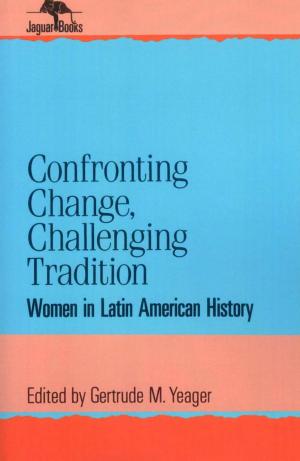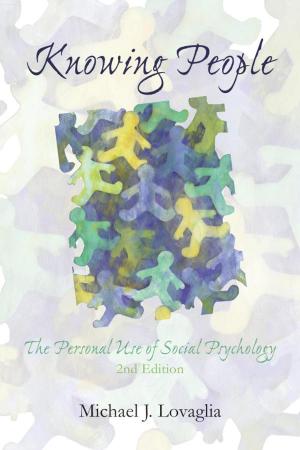The Political Diary of Alfred Rosenberg and the Onset of the Holocaust
Nonfiction, History, Jewish, Holocaust, Germany| Author: | Jürgen Matthäus, Frank Bajohr | ISBN: | 9781442251687 |
| Publisher: | Rowman & Littlefield Publishers | Publication: | September 28, 2015 |
| Imprint: | Rowman & Littlefield Publishers | Language: | English |
| Author: | Jürgen Matthäus, Frank Bajohr |
| ISBN: | 9781442251687 |
| Publisher: | Rowman & Littlefield Publishers |
| Publication: | September 28, 2015 |
| Imprint: | Rowman & Littlefield Publishers |
| Language: | English |
In December 2013, after years of exhaustive search, the U.S. Holocaust Memorial Museum received more than four hundred pages of diary notes written by one of the most prominent Nazis, the Party’s chief ideologue and Reich minister for the occupied Soviet territories Alfred Rosenberg. By combining Rosenberg’s diary notes with additional key documents and in-depth analysis, this book shows Rosenberg’s crucial role in the Nazi regime’s anti-Jewish policy. In the second half of 1941 the territory administered by Rosenberg became the region where the mass murder of Jewish men, women, and children first became a systematic pattern. Indeed, months before the emergence of German death camps in Poland, Nazi leaders perceived the occupied Soviet Union as the area where the “final solution of the Jewish question” could be executed on a European scale. Covering almost the entire duration of the Third Reich, these previously inaccessible sources throw new light on the thoughts and actions of the leading men around Hitler during critical junctures that led to war, genocide, and Nazi Germany’s final defeat.
In December 2013, after years of exhaustive search, the U.S. Holocaust Memorial Museum received more than four hundred pages of diary notes written by one of the most prominent Nazis, the Party’s chief ideologue and Reich minister for the occupied Soviet territories Alfred Rosenberg. By combining Rosenberg’s diary notes with additional key documents and in-depth analysis, this book shows Rosenberg’s crucial role in the Nazi regime’s anti-Jewish policy. In the second half of 1941 the territory administered by Rosenberg became the region where the mass murder of Jewish men, women, and children first became a systematic pattern. Indeed, months before the emergence of German death camps in Poland, Nazi leaders perceived the occupied Soviet Union as the area where the “final solution of the Jewish question” could be executed on a European scale. Covering almost the entire duration of the Third Reich, these previously inaccessible sources throw new light on the thoughts and actions of the leading men around Hitler during critical junctures that led to war, genocide, and Nazi Germany’s final defeat.















